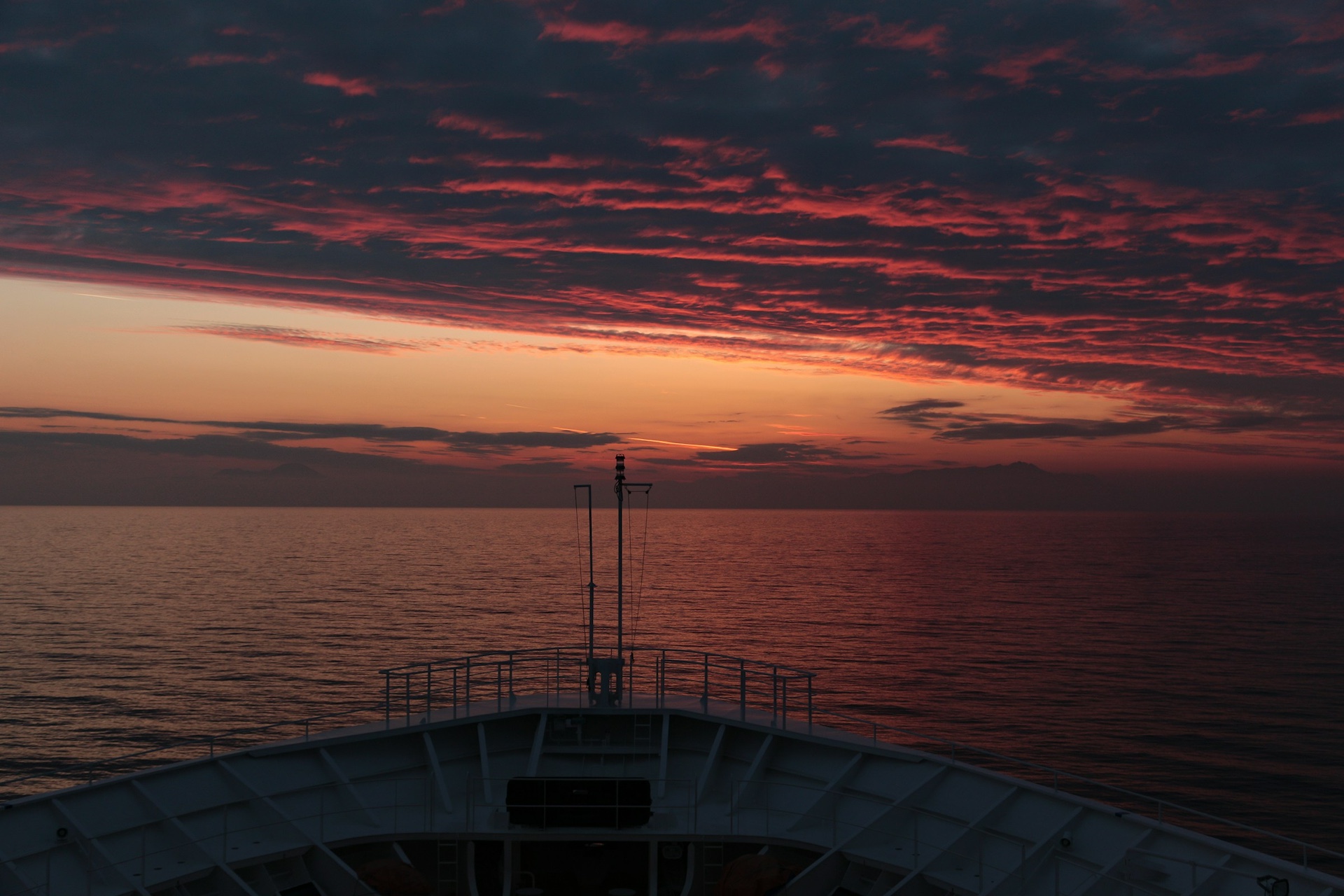After the rest day that many riders actually could have spent at home in Andorra, we continue to the Mediterranean Sea for a stage between Gruissan and Nîmes. Riders could have a nice swim in the sea just before the start in Gruissan but not if the Tour de France would have taken place six million years ago. Courtesy of GeoTDF we dive into the Messinian salinity crisis.
Here are two facts you need to remember before we continue. You can also use them to wow your friends at the next pub quiz. The Mediterranean Sea is linked to the Atlantic Ocean via the Strait of Gibraltar. Without this connection, the Mediterranean’s water level would drop drastically due to higher evaporation rates (due to the temperature) than freshwater input. The Atlantic’s salty water balances this loss by flowing into the Mediterranean through the strait.
Our story begins roughly six million years ago. At this time, the Mediterranean Sea was not a very different place to what we know today. It was a vast, interconnected body of water teeming with life, surrounded by lush landscapes and diverse ecosystems. However, beneath the tranquil surface lay a geological time bomb waiting to go off. The tectonic forces shaping the Earth’s crust were about to set off a chain reaction that would alter the course of history for the Mediterranean region.
Tectonic movements gradually closed off the Gibraltar gateway, isolating the Mediterranean from the vast waters of the Atlantic. With the inflow of water restricted, the stage was set for an unprecedented event – the Messinian salinity crisis.
As the Mediterranean was cut off from its oceanic lifeline, evaporation took center stage. Under the scorching sun, water levels began to plummet. They left behind vast expanses of salt flats, the evaporites, where once was sea. The once-blue waters turned into a barren landscape of salt, stretching as far as the eye could see.
The Messinian salinity crisis reached its acme around 5.55 million years ago. Imagine the sight at that moment! It was a desolate wasteland where no organism could survive. A starker contrast to the vibrant seascape that once dominated the region is almost impossible. Ecosystems were disrupted and species struggled to adapt to the changing conditions. A few organisms sought refuge in isolated pockets of water, clinging to survival against the odds.
Meanwhile, on the shores of the Mediterranean, the absence of water had far-reaching consequences. Rivers dwindled to mere trickles, leaving behind dry riverbeds and parched landscapes. For 640,000 years the Mediterranean remained trapped in a state of crisis. Its waters slowly evaporated under the relentless sun.
But just as suddenly as it began, the crisis reached its climax 5.33 million years ago. Tectonic movements once again reshaped the landscape. The gates of Gibraltar opened and the Mediterranean and the Atlantic were once again connected.
I hope the riders will hydrate enough and avoid their own salinity crisis today.
Did we do a good job with this story?






